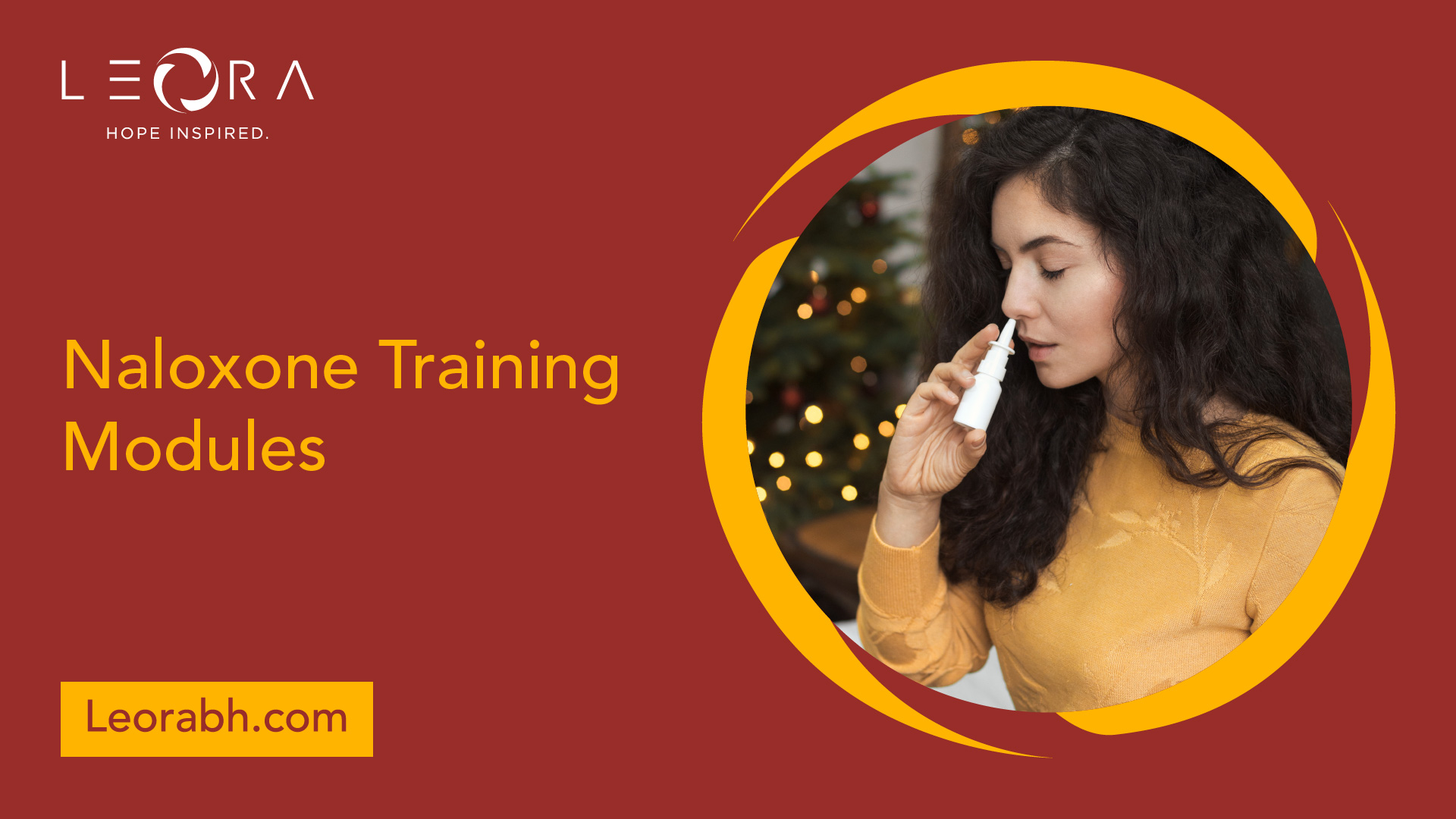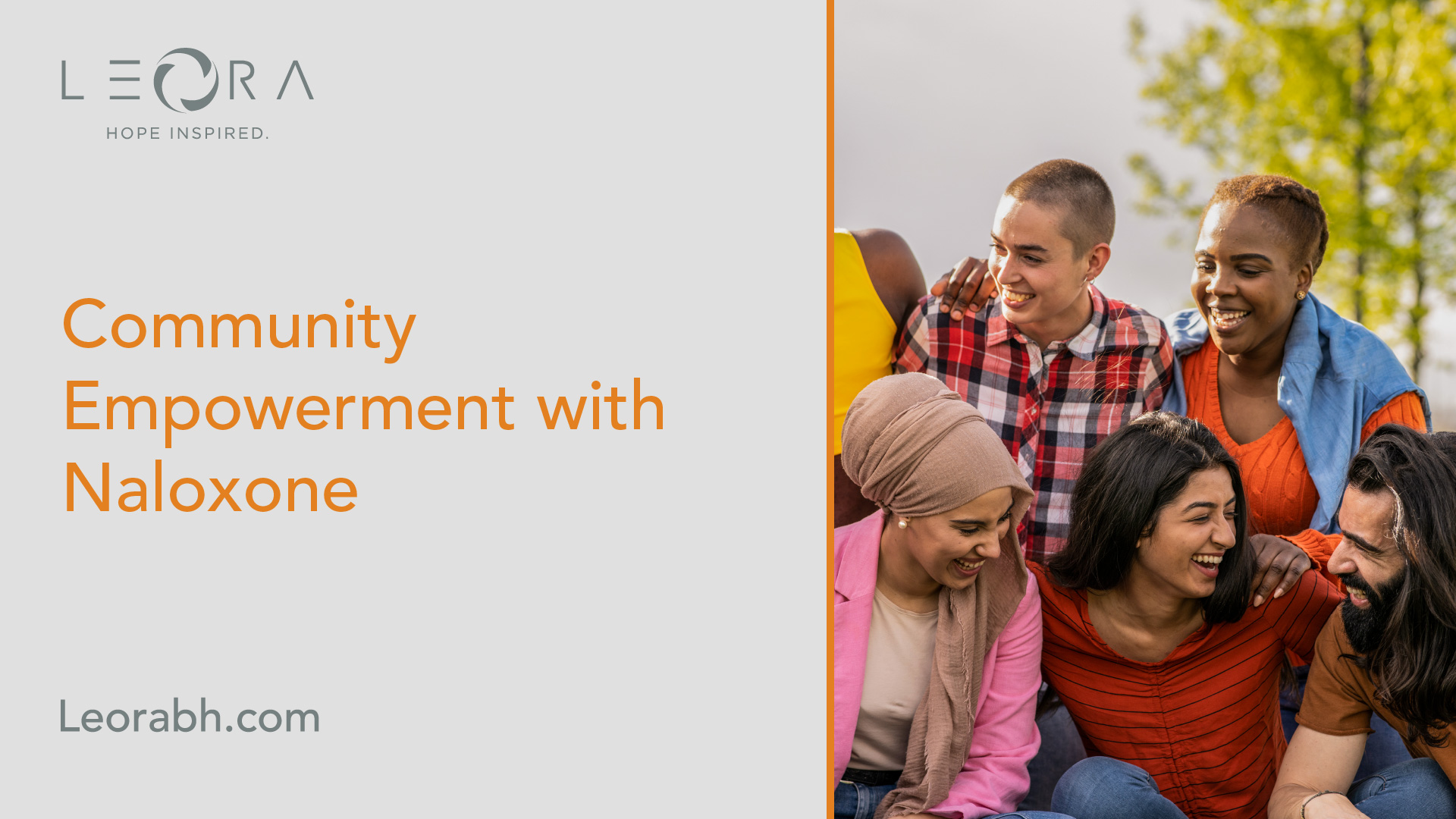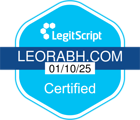Naloxone Training: Saving Lives by Empowering Communities
Empowering communities through Naloxone training: Learn how to save lives and make a difference in your community.
Naloxone Training Overview
Naloxone training plays a crucial role in saving lives and empowering communities in the face of opioid overdose emergencies. It equips individuals with the knowledge and skills needed to identify and respond effectively to opioid-related harms. This training is especially important considering the increasing number of opioid-related incidents. In 2020 alone, the Substance Abuse and Mental Health Services Administration's National Helpline received over 800,000 calls, indicating a significant rise from the previous year.

Importance of Naloxone Training
Naloxone training is of utmost importance due to its potential to reverse the effects of opioid overdose and save lives. The training modules focus on educating individuals about the risk factors associated with opioid overdose, enhancing communication strategies, and equipping them with practical skills to handle opioid-related emergencies. By providing this training, communities can create a network of informed and prepared individuals who can intervene promptly in the event of an overdose.
The training program emphasizes the significance of naloxone as a life-saving tool, fostering an understanding that opioid overdose can affect anyone, regardless of age, gender, or socioeconomic status. By dispelling myths and eliminating stigma, naloxone training promotes community awareness and encourages individuals to take an active role in addressing opioid-related emergencies.
Training Flexibility Options
Naloxone training offers flexibility to accommodate different learning preferences and time constraints. The training can be completed as a full module or through separate mini-modules and practical patient cases, providing options for customized training experiences. Mini-modules focus on specific topics, allowing individuals to enhance their skills or improve their knowledge in particular areas of interest. This flexibility ensures that participants can tailor their training to their specific needs and areas of expertise.
By opting for the full module or mini-modules, participants gain a comprehensive understanding of naloxone administration, risk assessment, and effective communication strategies. The training modules also include interactive patient cases, which provide practical experience in engaging patients, their families, friends, and caregivers in discussions about naloxone. These cases simulate real-life scenarios, allowing participants to apply their learned strategies and enhance their communication skills.
Through flexibility in training options, naloxone training ensures that individuals receive the necessary knowledge and skills to respond effectively to opioid overdose emergencies in their communities. By empowering community members with the ability to administer naloxone, lives can be saved, and the devastating impact of opioid overdose can be mitigated.

Naloxone Training Modules
To effectively address opioid overdose situations and empower communities, comprehensive naloxone training modules are essential. These modules provide individuals with the knowledge and skills needed to confidently administer naloxone and respond to opioid-related emergencies. The training modules typically cover three key areas: risk factors assessment, communication strategies, and practical patient cases.
Risk Factors Assessment
The risk factors assessment module focuses on identifying individuals who may be at higher risk of experiencing opioid-related harms. This assessment helps participants understand the factors that contribute to opioid overdose, such as a history of substance use disorder or concurrent use of opioids and benzodiazepines. By recognizing these risk factors, individuals can take proactive steps to prevent and respond to opioid overdoses.
Communication Strategies
Effective communication is crucial when discussing naloxone with patients, their families, friends, and caregivers. The communication strategies module equips individuals with the necessary skills to engage in open and non-judgmental conversations about naloxone. It provides tips on how to initiate discussions, address concerns, and educate others about the importance of naloxone in preventing opioid overdose deaths. By improving communication skills, individuals can help reduce stigma and promote the proper use of naloxone.
Practical Patient Cases
Practical patient cases offer participants an opportunity to apply the knowledge and skills gained during the training in real-life scenarios. These interactive cases simulate conversations and encounters with patients and their support networks. By engaging in these realistic scenarios, participants can practice effective communication techniques, gain confidence in discussing naloxone, and destigmatize its use. Practical patient cases provide invaluable hands-on experience and enhance the overall effectiveness of the naloxone training.
Naloxone training modules play a crucial role in equipping individuals with the necessary tools to administer naloxone and respond to opioid overdoses. By integrating risk factors assessment, communication strategies, and practical patient cases, these modules ensure a comprehensive and well-rounded training experience. It is through these training modules that communities can become empowered to save lives and combat the opioid crisis.

Community Empowerment with Naloxone
Naloxone training plays a critical role in empowering communities to respond effectively to opioid overdoses. By equipping individuals with the knowledge and resources to administer naloxone, lives can be saved. This section explores the role of bystanders, the accessibility of naloxone, and the importance of community-based programs.
Role of Bystanders
Bystanders, such as friends, relatives, or even strangers, can play a crucial role in preventing opioid overdose deaths. According to the American Medical Association (AMA), nearly 80% of opioid overdose deaths occur outside of a medical setting, emphasizing the importance of community access to naloxone. In fact, a study conducted in Seattle found that during one week, 16 overdose victims were saved through naloxone administration by a friend, relative, or bystander [3]. Bystander intervention can make a significant difference in preventing overdose deaths and providing critical support until medical help arrives.
Accessibility of Naloxone
The U.S. Surgeon General, Jerome M. Adams, has urged individuals at risk of opioid overdose or those close to high-risk individuals to have naloxone readily available. Additionally, physicians are encouraged to prescribe naloxone to at-risk patients and their acquaintances. Naloxone is now available in all 50 states, and in most states, it can be obtained without a prescription from a local pharmacy. This accessibility allows for timely access to naloxone, increasing the chances of saving lives.
Community-Based Programs
Community-based programs play a vital role in distributing naloxone and providing training to individuals and organizations. These programs aim to increase awareness and education about opioid overdoses while equipping community members with the necessary skills to administer naloxone. By collaborating with local pharmacies, healthcare providers, and community organizations, these programs ensure that naloxone is readily available when needed. Additionally, syringe services programs, which often provide harm reduction services, also offer access to naloxone.
By empowering communities to have naloxone readily available and providing training on its administration, lives can be saved. Bystanders can intervene effectively during an overdose, and the accessibility of naloxone through community-based programs helps ensure its availability when emergencies arise. Together, these efforts contribute to reducing the devastating impact of opioid overdose and promoting a safer and more resilient community.
Healthcare Professional Incentives
Healthcare professionals play a crucial role in addressing opioid-related emergencies and ensuring the effective administration of naloxone. To incentivize these professionals to enhance their knowledge and skills in this area, various incentives, such as continuing education credits and co-prescribing recommendations, are in place.
Continuing Education Credits
Completion of the naloxone training modules or mini-modules offers participants the opportunity to earn continuing education credits (CE). This incentive encourages healthcare professionals to stay up-to-date with the latest information and best practices in addressing opioid-related emergencies effectively. By earning these credits, professionals can fulfill their continuing education requirements while gaining valuable knowledge about naloxone administration and overdose reversal [2].
Co-Prescribing Recommendations
In the fight against the opioid epidemic, organizations like the American Medical Association (AMA) provide guidance to physicians on when to consider co-prescribing naloxone. Co-prescribing involves prescribing naloxone alongside opioids to patients who are at risk of overdose or have a history of substance use disorder. This proactive approach aims to empower patients and their acquaintances to respond effectively to opioid overdoses and potentially save lives.
The U.S. Surgeon General, Jerome M. Adams, has also urged physicians to prescribe naloxone to at-risk patients and their close contacts, emphasizing the importance of naloxone availability in communities. By incorporating naloxone co-prescribing into their practice, healthcare professionals can contribute to reducing opioid-related harm and raising awareness about the importance of naloxone as a life-saving intervention.
These incentives for healthcare professionals highlight the critical role they play in addressing the opioid crisis and empowering communities to respond effectively to opioid-related emergencies. By staying informed through continuing education credits and implementing co-prescribing recommendations, healthcare professionals can make a significant impact in saving lives and promoting community well-being.
Naloxone Administration
When it comes to naloxone administration, it's crucial to understand the proper methods of administering the medication, the process of overdose reversal, and the considerations for multiple doses.
Administration Methods
Naloxone can be administered through various methods, depending on the situation and available resources. The most common methods include:
- Intranasal: Naloxone can be administered as a nasal spray, allowing for easy and non-invasive delivery. This method is particularly useful in emergency situations where intravenous access is not readily available. The nasal spray delivers the medication through the nasal mucosa, quickly reaching the bloodstream and initiating the reversal process.
- Intramuscular: Naloxone can also be administered via intramuscular injection, typically into the thigh or upper arm. This method is commonly used by healthcare professionals and first responders who have been trained in naloxone administration. Intramuscular injection allows for rapid absorption of the medication into the muscle, ensuring quick onset of action.
- Intravenous: In certain medical settings, naloxone may be administered intravenously, directly into a vein. This method provides the fastest onset of action, as the medication is delivered directly into the bloodstream. Intravenous administration is typically performed by healthcare professionals in hospital settings.
Overdose Reversal Process
Naloxone is a life-saving medication that quickly reverses an opioid overdose by restoring normal breathing within 2 to 3 minutes [4]. When a person experiences an opioid overdose, their breathing may slow down or stop completely. Naloxone works by binding to the same receptors in the brain that the opioids bind to, blocking their effects and restoring normal respiratory function.
Once naloxone is administered, it rapidly displaces the opioids from the receptors, allowing the person to regain consciousness and resume breathing. It's important to note that the effects of naloxone are temporary, and additional medical care should be sought to treat the underlying overdose.
Multiple Doses Consideration
In some cases, more than one dose of naloxone may be required, especially when dealing with stronger opioids such as fentanyl. Since fentanyl is a potent opioid, it may require higher doses of naloxone to effectively reverse the overdose.
When administering naloxone, it's important to closely monitor the person's response. If there is no improvement in breathing within 2 to 3 minutes after the initial dose, additional naloxone doses may be necessary. This highlights the importance of having multiple doses of naloxone available, especially in situations where fentanyl or other potent opioids may be involved.
Remember, naloxone administration is not a substitute for seeking immediate medical assistance. Even if an overdose is successfully reversed with naloxone, it is essential to contact emergency services and seek further medical care to address the underlying cause of the overdose.
Ensuring proper naloxone administration is an integral part of naloxone training programs. These programs, along with educational materials and community outreach initiatives, play a vital role in empowering communities to save lives and combat the opioid crisis.
Naloxone Resources and Initiatives
In order to effectively combat the opioid crisis and save lives, a variety of resources and initiatives have been developed to provide naloxone training and support to communities. These resources aim to empower individuals with the knowledge and tools necessary to respond to opioid overdoses. Here are some key components of naloxone resources and initiatives:
Training Programs
Naloxone training programs play a crucial role in equipping individuals with the skills needed to recognize and respond to opioid overdoses. Organizations such as the Canadian Red Cross offer training courses that focus on opioid harm reduction. These programs aim to reduce opioid-related deaths by eliminating stigma, promoting helpful behaviors, and providing training on how to administer naloxone.
Educational Materials
Educational materials are essential for disseminating information about naloxone and opioid overdose prevention. The University of Waterloo provides various resources, including injectable naloxone infographics, intranasal naloxone infographics, and chronic opioid prescription infographics. These materials are available in both English and French formats and can be utilized for training purposes with proper credit to the author. Additionally, Professor Kelly Grindrod has delivered a presentation on opioids and naloxone, and her slides can be used as training resources with attribution.
Community Outreach Programs
Community outreach programs are instrumental in increasing awareness and accessibility of naloxone. For example, the Ontario government maintains a website that provides a list of locations offering free naloxone kits, ensuring that individuals have easy access to this life-saving medication. These initiatives aim to make naloxone widely available to individuals who may be at risk of opioid overdose.
By combining training programs, educational materials, and community outreach initiatives, naloxone resources and initiatives contribute to saving lives and empowering communities to respond effectively to opioid overdoses. It is important to continue supporting and expanding these efforts to combat the ongoing opioid crisis.
References
- [1]: https://www.samhsa.gov
- [3]: https://www.ama-assn.org
- [5]: https://uwaterloo.ca
Find Your Inner Light
Related Articles
Contact Us
Leora Behavioral Health offers a comprehensive addiction treatment programs to help you get your life back on track.
Our trained professionals will work with you to develop a personalized treatment plan that meets your unique needs. If you or someone you know is struggling with addiction, reach out to Leora Behavioral Health today.


.svg)





.svg)
.svg)
.svg)
.svg)